As I stand in my garden, surrounded by an exquisite tapestry of vibrant colors and delicate fragrances, I can’t help but be reminded of the profound symbolism that flowers historically symbolized hope. Each bloom, like a beacon of hope, carries its unique message of resilience, optimism, and renewal. In this article, we embark on a journey through a garden of hope, exploring 30 remarkable flowers that symbolize this powerful and uplifting sentiment.
Snowdrop
The first in our bouquet of hope is the humble Snowdrop, historically associated with hope. Emerging from the cold, barren winter ground, this delicate flower represents hope in the face of adversity. It signifies the arrival of spring, a season synonymous with renewal and new beginnings. Its pristine white petals, piercing through the snow, serve as a reminder that even in the darkest of times, hope can bloom.
The Snowdrop is like a lone explorer, venturing into the unknown, bringing with it the promise of warmer days and the awakening of nature. Its journey mirrors our own in the face of adversity—boldly pushing forward, no matter the obstacles.
Snowdrops also have a fascinating folklore attached to them. They are often seen as the tears of Eve, shed as she was banished from the Garden of Eden. In this interpretation, the Snowdrop not only symbolizes hope but also redemption and the possibility of starting anew.
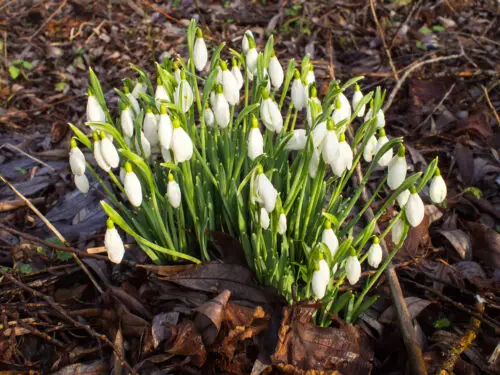
Chrysanthemum
Chrysanthemums, with their multitude of vibrant colors, have historically symbolized hope and represent rebirth and transformation. These resilient blooms are often associated with long life and immortality. Like the phoenix rising from its ashes, the chrysanthemum symbolizes hope, reminding us that hope can flourish even after adversity.
Chrysanthemums come in a kaleidoscope of colors, each hue carrying its symbolism. The red chrysanthemum symbolizes love and deep passion, while the white signifies purity and truth. This diversity reflects the various facets of hope, from the burning desire for change to the quest for inner clarity.
Also Read :
Flower That Symbolizes Abandonment – Anemone(Windflower)
Top 19 Flower that Means Happiness (And Love)
15 Flowers That Represent Mental Health – Healing From Blooms
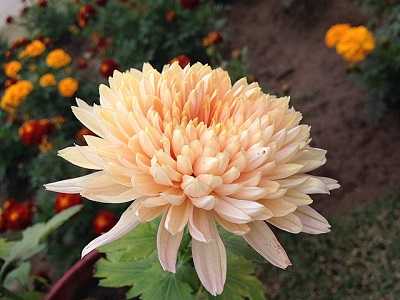
Throughout history, chrysanthemums have played significant roles in various cultures. In Asia, they are highly revered and associated with longevity and good luck. In Japan, the Chrysanthemum is the national flower and represents the Japanese imperial family. This deep-rooted cultural significance reinforces the idea that chrysanthemums are more than just flowers; they are emblems of hope and prosperity.
Bluebell
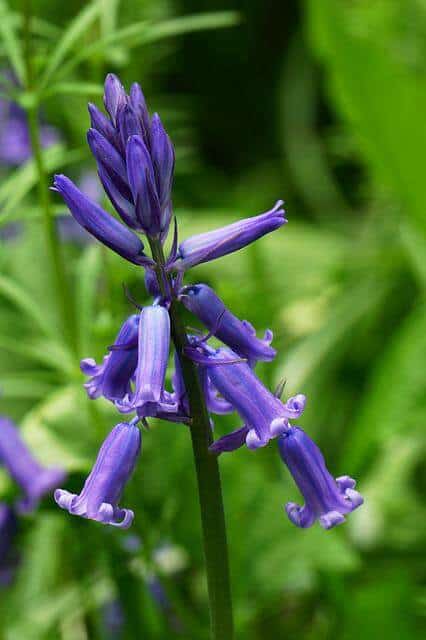
The enchanting Bluebell carpets woodlands with a sea of delicate blue hues, historically representing hope. As the gentle breeze rustles through these blossoms, it’s as if nature herself is whispering words of hope and encouragement.
Bluebells are often found in shaded areas, under the canopy of trees. They symbolize hope in the midst of darkness, as their vibrant blue petals shine even in the shadows. This resilience reminds us that hope can thrive even in the most challenging environments.
Here is the table for all the flower that represent hope:
| No. | Flower | Symbolism of Hope |
|---|---|---|
| 1 | Star of Bethlehem | Hope |
| 2 | Iris | Hope and faith |
| 3 | Cornflower | Hope in love |
| 4 | Morning Glory | Hope, love, and happiness |
| 5 | Sunflower | Hope and optimism |
| 6 | Daffodil | Renewed hope |
| 7 | Cherry Blossom | Hope and renewal |
| 8 | Tulip | Hope and perfect love |
| 9 | Bluebell | Hope and constancy |
| 10 | Snowdrop | Hope and consolation |
| 11 | Galanthus nivalis | Hope |
| 12 | Sweet Pea | Hope in new friendships |
| 13 | Forget-Me-Not | Hope and remembrance |
| 14 | Peony | Hope and prosperity |
| 15 | Hyacinth | Hope and happiness |
| 16 | Gladiolus | Hope and strength |
| 17 | Zinnia | Hope and endurance |
| 18 | Marigold | Hope and optimism |
| 19 | Chrysanthemum | Hope and well-being |
| 20 | Hibiscus | Hope and beauty |
| 21 | Lavender | Hope and calmness |
| 22 | Rose | Hope and love |
| 23 | Lotus | Hope and purity |
| 24 | Magnolia | Hope and perseverance |
| 25 | Camellia | Hope and admiration |
| 26 | Azalea | Hope and passion |
| 27 | Gerbera Daisy | Hope and cheerfulness |
| 28 | Anemone | Hope and anticipation |
| 29 | Ranunculus | Hope and radiant charm |
| 30 | Bouvardia | Hope and enthusiasm |
Morning Glory
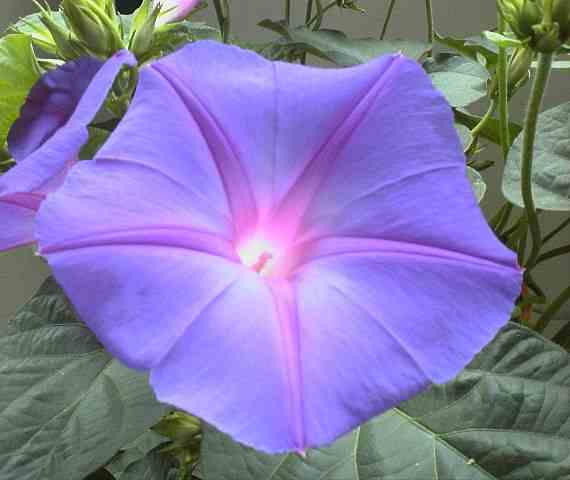
As the Morning Glory unfurls its petals at the break of day, it symbolizes hope in the form of a new beginning. This flower represents hope as it reaches for the sun, embracing the light after a night of darkness. Its vibrant colors and intricate patterns mirror the diversity of human experiences and the myriad ways we find hope in our lives.
Morning Glories have a unique characteristic—they open in the morning and close in the evening. This daily cycle is a reminder that hope is not a constant state but something that can be renewed each day. Just as the Morning Glory opens itself to the world every morning, we too can open ourselves to the possibilities of hope each day.
Daffodil
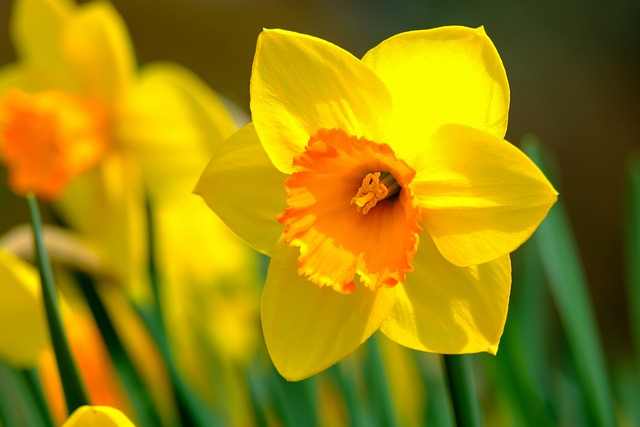
Daffodils, with their bright yellow blooms, are widely recognized as a flower that symbolizes hope. They announce the arrival of spring and symbolize hope for a brighter future. These cheerful flowers remind us that, even in the depths of winter, the promise of renewal and hope is just around the corner.
The history of the daffodil is steeped in mythology. In Greek mythology, there is a story of a young man named Narcissus who fell in love with his own reflection and turned into a daffodil. This transformation is a poignant reminder that sometimes, hope can be found in unexpected places, even within ourselves.
Marigold
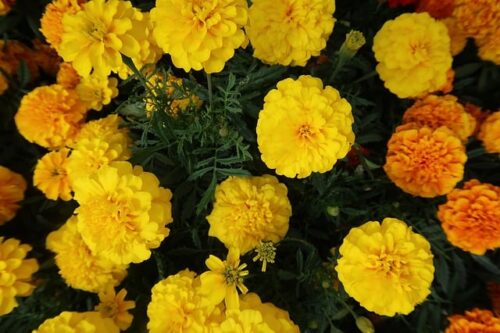
The Marigold flower represents hope through its vibrant orange and yellow petals. It is traditionally associated with festivals and celebrations, symbolizing hope for a joyous and prosperous future. Its resilience and ability to thrive in various conditions remind us that hope can endure, even in challenging environments.
In Mexican culture, marigolds hold a special place in the celebration of Dia de los Muertos, or the Day of the Dead. They are used to honor and remember loved ones who have passed away. This tradition highlights the marigold’s connection to hope not only in life but also in the face of loss and grief.
Sweet Pea
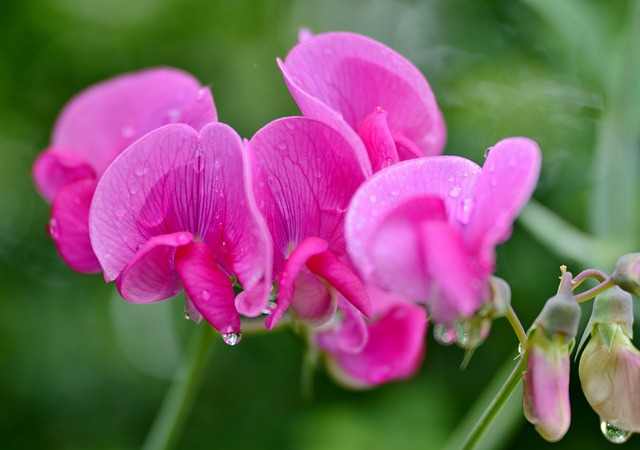
Sweet Peas are delicate, fragrant blossoms that historically symbolize hope. Their dainty appearance belies their strength and resilience. These flowers represent hope as they climb and twine, reminding us of the power of determination and perseverance in achieving our dreams.
The name “Sweet Pea” itself carries a message of hope. It is believed to have been coined by poet John Keats, who referred to the flower as “sweet” and “delicate.” Keats, a poet known for his Romanticism and themes of beauty and nature, saw hope in the exquisite charm of these blooms.
Lavender
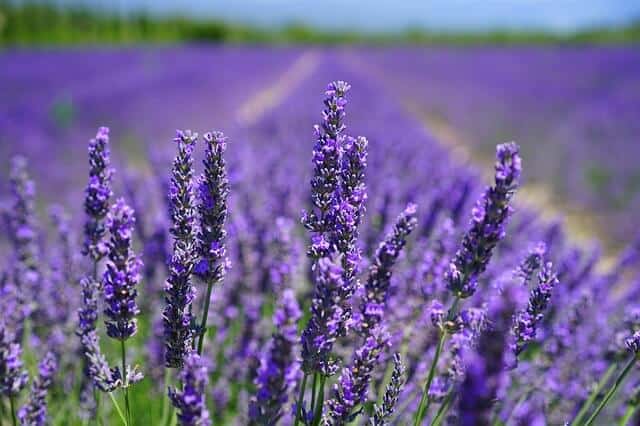
The soothing fragrance of Lavender is known to have calming and healing properties, historically associated with hope and renewal. Lavender represents hope through its ability to bring tranquility and balance, reminding us that hope can be found in moments of peace and stillness.
Lavender has been used for centuries for its therapeutic qualities. It’s believed to relieve stress and anxiety, providing a sense of calm and hope in times of turmoil. The aroma of lavender is like a comforting embrace, reminding us that hope can be found in the simple act of taking a deep breath and finding solace in the present moment.
Lotus
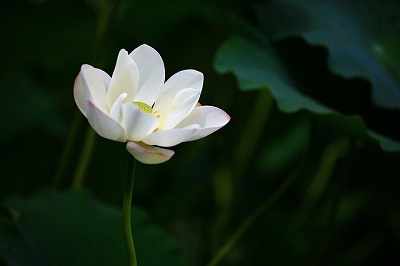
The Lotus flower represents hope in many cultures, symbolizing purity and enlightenment. Despite growing in muddy waters, the lotus emerges unblemished, reminding us that hope can flourish even in challenging circumstances.
In Hinduism and Buddhism, the lotus is a sacred symbol. It represents hope for spiritual enlightenment and the triumph of the human spirit over adversity. The lotus teaches us that hope can be found even in the most unlikely of places, just as it emerges from the depths of muddy waters to reveal its pristine beauty.
Ranunculus

With its radiant, layered petals, the Ranunculus flower symbolizes hope and charm. Its vibrant colors and intricate structure remind us that hope can be found in the intricate details of life.
The name “Ranunculus” is derived from the Latin word “rana,” meaning frog. The association with frogs is a nod to the flower’s preference for wetter environments. This connection to water reinforces the idea that hope can thrive even in challenging conditions, just as the Ranunculus flourishes in damp soils.
Tulip
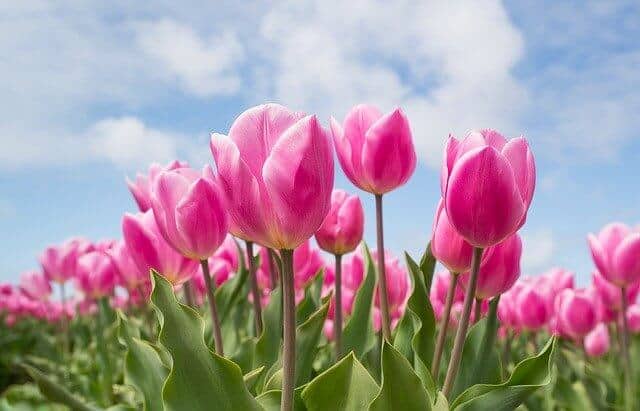
Tulips are renowned as flowers that symbolize hope, often associated with love and the arrival of spring. Their elegant and upright posture represents hope’s unwavering strength, even in the face of adversity.
Tulips have a fascinating history. In the 17th century, they became highly sought after in Europe, causing a phenomenon known as “Tulip Mania.” People were willing to pay exorbitant prices for tulip bulbs, and it became a symbol of wealth and status. This historical event reminds us of the powerful allure of hope and the lengths to which people will go to possess it.
Anemone
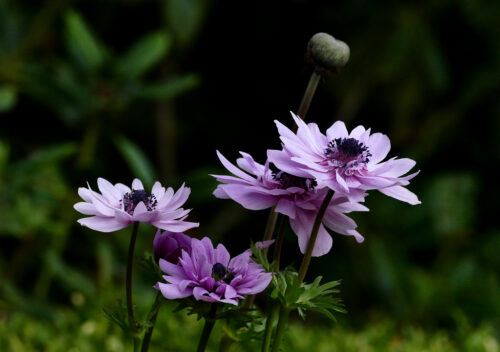
The Anemone flower represents hope with its delicate petals and vibrant colors. Its name is derived from the Greek word for “wind,” and like the wind, hope can be both gentle and powerful.
Anemones are often associated with mythology. In Greek mythology, the Anemone is linked to the story of Aphrodite and Adonis. It is said that the Anemone sprang forth from the tears of Aphrodite as she mourned the death of Adonis. This connection to love and loss reinforces the idea that hope can be born from the depths of sorrow and grief.
Cherry Blossom
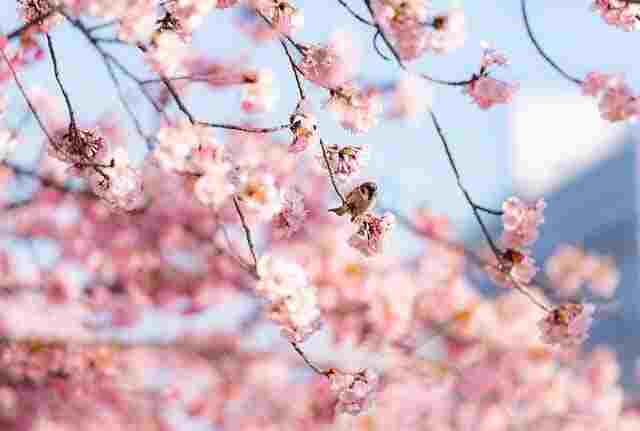
The fleeting beauty of Cherry Blossoms reminds us that hope is often found in moments of transience and impermanence. These delicate blooms represent hope in the cycle of life and the promise of new beginnings.
Cherry Blossoms hold immense cultural significance in Japan, where they are celebrated during the annual Hanami festival. This tradition involves gathering with loved ones beneath the blooming cherry trees to appreciate their beauty. The ephemeral nature of the blossoms serves as a poignant reminder that hope is something to be cherished in the present moment.
Gerbera Daisy
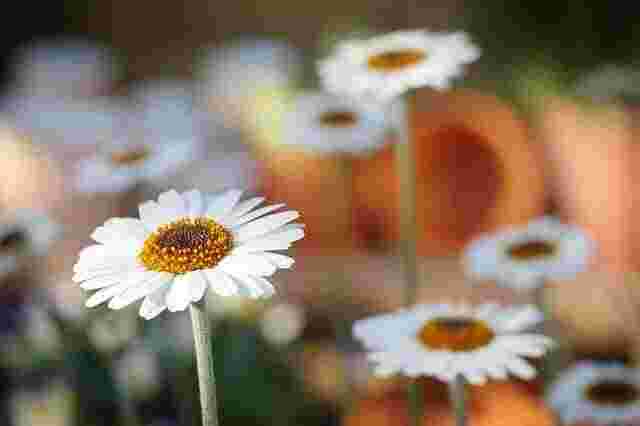
Gerbera Daisies come in a variety of vivid colors, each symbolizing hope and positivity. These cheerful flowers represent hope with their vibrant and bold presence.
The Gerbera Daisy is often referred to as the “happy flower” due to its bright and cheerful appearance. Its radiant hues bring joy to any setting, reminding us that hope has the power to uplift our spirits even in the darkest of times.
Peony
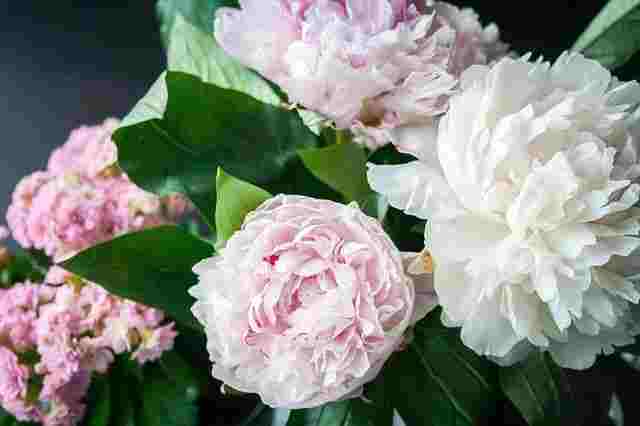
The Peony flower symbolizes hope and prosperity. Its lush and abundant blooms remind us that hope can flourish in times of abundance and plenty.
Peonies have a rich history and have been cultivated in China for over a thousand years. In Chinese culture, they are a symbol of prosperity and good fortune. This connection to wealth reinforces the idea that hope can manifest in various forms, including material abundance.
Cornflower: A Blue Hope
Cornflowers, historically associated with hope, are known for their vibrant blue petals. Like the clear blue sky, they symbolize hope and optimism for a bright future.
Cornflowers have been used for centuries in herbal medicine for their soothing properties. This connection to healing reinforces the idea that hope can be a source of comfort and solace during difficult times.
Zinnia: A Burst of Hope
Zinnias come in a dazzling array of colors, symbolizing hope, endurance, and friendship. Their vibrant and long-lasting blooms remind us that hope can bring joy and color to our lives.
Zinnias are native to North and South America and have been cultivated for centuries. Their name pays tribute to German botanist Johann Gottfried Zinn. The zinnia’s journey from the Americas to Europe and back again is a testament to the universal appeal of hope and beauty.
Gladiolus: Strength in Hope
The towering Gladiolus flower represents hope and strength. Its tall, sturdy stem and striking blooms are a symbol of hope’s resilience in the face of challenges.
The name “Gladiolus” is derived from the Latin word “gladius,” which means sword. This connection to strength and courage reinforces the idea that hope can empower us to overcome obstacles, just as a gladiator wields a sword in battle.
Star of Bethlehem: Guiding Light of Hope
The Star of Bethlehem flower represents hope and guidance, like a beacon in the darkest of nights. Its delicate white petals shine like stars in the garden, reminding us to keep hope alive even in the bleakest moments.
The Star of Bethlehem has biblical associations with the nativity story. It is said to have bloomed to announce the birth of Jesus, serving as a symbol of hope and new beginnings. This connection to a divine message reinforces the idea that hope can be a guiding light in our lives.
Azalea: Hope in Abundance
Azaleas, with their abundant blooms, symbolize hope, passion, and womanhood. Their vibrant colors and profuse flowering are a testament to the abundance of hope in our lives.
Azaleas have a significant presence in Chinese culture, where they are associated with femininity and beauty. This connection reinforces the idea that hope can be found in the qualities and attributes that make us unique and special.
Hibiscus: Hope’s Exotic Beauty
The exotic and vibrant Hibiscus flower represents hope and delicate beauty. Its striking appearance serves as a reminder that hope can be found in unexpected places.
Hibiscus is widely cultivated in tropical and subtropical regions, and it has been used in traditional medicine and cuisine for centuries. Its global popularity is a testament to the universal appeal of hope and its ability to transcend cultural boundaries.
Camellia: Unwavering Hope
Camellias symbolize hope, love, and admiration. These evergreen blooms remind us that hope can endure through all seasons of life.
Camellias have a deep cultural significance in Eastern countries like Japan and China. In Japan, the Camellia represents the divine and is often associated with the samurai’s spirit of honor and sacrifice. This connection reinforces the idea that hope is unwavering, even in the face of adversity.
Iris: Hope in Every Hue
The Iris flower represents hope, wisdom, and courage. Its diverse range of colors symbolizes the many facets of hope, from the vibrant and passionate to the calm and serene.
In Greek mythology, Iris was the goddess of the rainbow, serving as a messenger between the heavens and Earth. This celestial connection reinforces the idea that hope can be a bridge between our dreams and reality.
Forget-Me-Not: A Promise of Hope
The Forget-Me-Not flower historically symbolizes hope and remembrance. Its tiny blue blossoms carry the message that hope should never be forgotten, even in the passage of time.
The name “Forget-Me-Not” itself is a plea to remember and honor loved ones. This connection to memory and nostalgia reinforces the idea that hope can be a source of comfort and solace, allowing us to cherish the memories of those we hold dear.
Hyacinth: Fragrant Hope
Hyacinths symbolize hope and rebirth. Their sweet fragrance fills the air, a reminder that hope can be as intoxicating as the most exquisite perfume.
Bouvardia: Hope’s Hidden Treasure
The Bouvardia flower represents hope and enthusiasm. Its delicate, star-shaped blooms remind us that hope can be a hidden treasure, waiting to be discovered.
Magnolia: Hope in Elegance
Magnolias symbolize hope and dignity. Their elegant and timeless beauty serves as a reminder that hope can be found in the grace of simplicity.
Rose: Love and Hope Intertwined
Roses, with their classic beauty, represent hope, love, and passion. These iconic blooms remind us that hope and love are intertwined, creating a powerful force for positive change.
Sunflower: A Beacon of Hope
The towering Sunflower represents hope and positivity. Its sunny disposition and vibrant yellow petals symbolize the radiant energy of hope, always turning towards the light.
Galanthus nivalis: The Snowy Messenger of Hope
Last but not least, we have the Galanthus nivalis, commonly known as the Snowy Messenger of Hope. These delicate white flowers symbolize hope’s purity and resilience, emerging through the snow to herald the arrival of a new season.
In this garden of hope, each flower plays a unique role in reminding us of the beauty and resilience of the human spirit. As we journey through life’s challenges and triumphs, may these flowers serve as our companions, whispering their timeless message that hope is always within reach, waiting to be embraced. So, the next time you encounter these blooms, take a moment to reflect on the hope they symbolize, and let their beauty inspire you to embrace hope in your own life.
